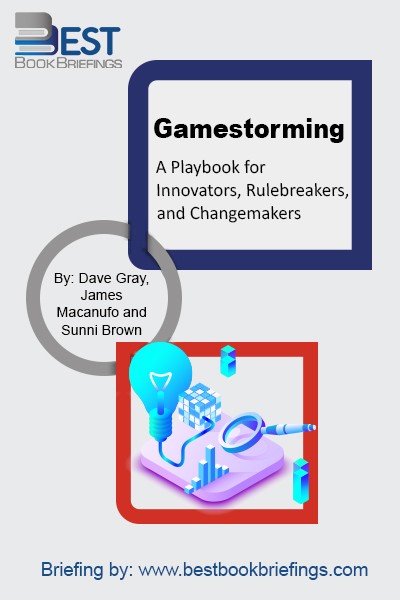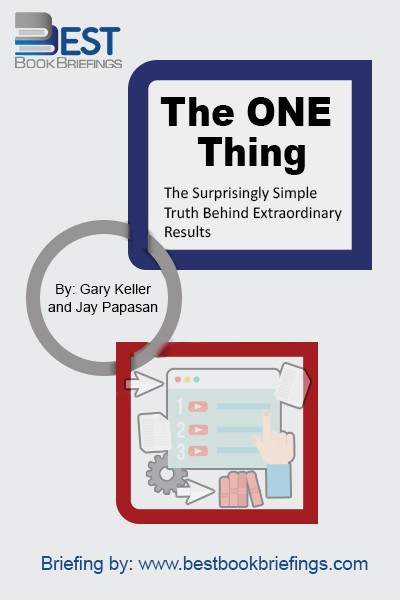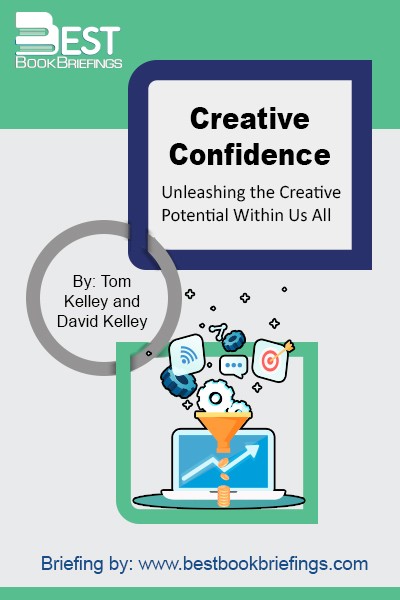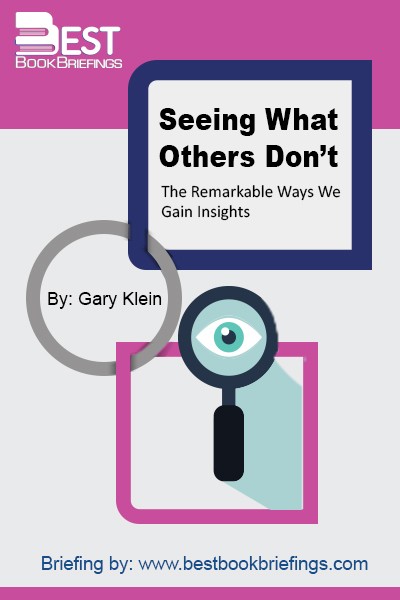Seeing What Others Don’t
The Remarkable Ways We Gain Insights
Editorial Review
Insights often appear like magic because all we see is the surprising finale, the rabbit popping out of the hat. We don’t see the steps leading up to that finale, the years that the magician spent practicing, the design of the hat, and the way the rabbit was smuggled on stage. Although we may not be able to predict the exact instant when a person has an insight, the process isn’t as mysterious as people think. The Triple Path Model of insight provides separate pathways for insights relying on contradictions, creativity, and connections. Each pathway has its own means of altering the beliefs that anchor the way we understand things. Insights unexpectedly replace one story with a new one that’s more accurate and useful. The magic of insights stems from the force for noticing connections, coincidences, and curiosities; the force for detecting contradictions, and the force of creativity unleashed by desperation. That magic lives inside us, stirring restlessly.
Book Reviews
Books on Related Topics

The purpose of this book is to encourage a shift in how work is done; from a process-centric model that’s about predictability and consistency to a game-centric model that recognizes the complexity and the unpredictability of a digital world.

What’s the ONE Thing you can do such that by doing it everything else will be easier or unnecessary? In the number one Wall Street Journal bestseller, Gary Keller has identified that behind every successful person is their ONE Thing. No matter how success is measured, personal or professional, only the

When you hear the word “creativity,” what do you think of next? You may equate “creative” with “artistic.” You may believe that architects and designers are paid to be creative thinkers, but CEOs, lawyers, and doctors are not. Or you may feel that being creative is a fixed trait, either you’re




